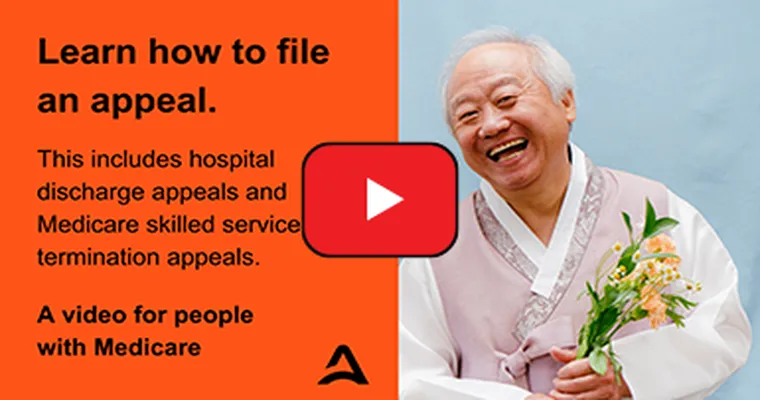When a loved one is experiencing "neglect" in a nursing or rehab facility, it is crucial to act swiftly to ensure their safety and well-being. If you are considering a transfer to another facility, especially under "United Healthcare", understanding the process is vital. This article will guide you through the steps to facilitate a transfer due to neglect, ensuring your loved one receives the care they deserve.
"Identifying Neglect" is the first step in the process. Neglect can manifest in various forms, including inadequate personal hygiene, lack of medical care, or insufficient staff attention. Document any incidents, gather evidence, and keep a record of dates and times. This information will be essential when communicating with United Healthcare and the new facility.
Once you have identified clear signs of neglect, your next step is to "contact United Healthcare". Reach out to their customer service or care coordination department. Explain your situation, emphasizing the neglect your loved one is facing. Provide them with the documented evidence you have collected. United Healthcare has a responsibility to assist you in finding appropriate care options, and they may have specific procedures for handling transfers in cases of neglect.
In parallel, research potential new facilities. Look for places with positive reviews, high ratings, and a strong reputation for "patient care". Ensure that the new facility accepts "United Healthcare" insurance. This information can often be found on the facility's website or by calling their admissions department. Having a list of suitable facilities ready will expedite the transfer process.
Once you have identified a new facility, initiate the "transfer process" by contacting the current nursing or rehab facility. Inform them of your decision to transfer your loved one due to neglect. Request a "transfer summary", which includes your loved one’s medical history and any ongoing treatments. This information is critical for the new facility to provide continuous care.
It is also essential to communicate with the new facility to ensure they are prepared for your loved one's arrival. Discuss any specific needs or concerns that should be addressed during the transfer. This proactive approach will help the new staff understand your loved one’s unique requirements and ensure a smoother transition.
If you encounter resistance from the current facility or face challenges with United Healthcare, don’t hesitate to escalate the issue. Ask to speak with a "supervisor" or a "case manager" who may have more authority to facilitate the transfer. You can also consider reaching out to state health departments or advocacy groups that specialize in elder care. They can provide additional support and guidance.
Finally, after the transfer has been completed, continue to monitor your loved one’s care in the new facility. Regular visits and communication with the staff can help ensure that they are receiving the attention and care they need. If you notice any issues, address them immediately with the facility or through United Healthcare.
In conclusion, transferring someone from a nursing or rehab facility due to "neglect" is a serious matter that requires careful planning and execution. By identifying the issues, documenting evidence, communicating effectively with United Healthcare, and selecting a suitable new facility, you can ensure that your loved one receives the quality care they deserve. If you stay proactive and involved, you can help create a safer and more supportive environment for your loved one.





